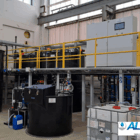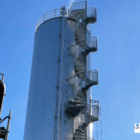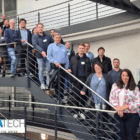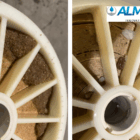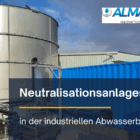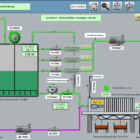Water ReUse, or the reuse of water, refers to the targeted treatment and use of wastewater or process water for new applications. In times of increasing water scarcity and stricter environmental regulations, Water ReUse is gaining in importance worldwide. This approach not only reduces fresh water consumption, but also lowers the costs of wastewater disposal and the use of chemicals. This article takes a detailed look at the technical background, the various applications and the challenges of Water ReUse.
Table of contents
Technical basics of Water ReUse
Water ReUse encompasses a variety of technologies and processes to provide water of a quality suitable for its intended use. The most important processes include physical, chemical and biological processes.
Important parameters for reuse:
COD (chemical oxygen demand): Indicates the organic load that needs to be removed.
TDS (Total Dissolved Solids): Indicates the concentration of dissolved salts that must be reduced depending on the intended use.
Microbiological load: Particularly relevant for applications in the food and beverage industry.
Pollutants: Heavy metals, nitrates or phosphates may require specific treatment processes.
Process for water reuse
1. mechanical processes
Filtration: During the filtration the wastewater is passed through media such as sand, gravel or synthetic filters to remove coarse suspended solids and particles. This method forms the basis for effective pre-treatment and protects downstream systems from damage.
Flotation: Air bubbles are used to transport fats, oils and light solids to the surface, where they can be skimmed off. This process is particularly suitable for industrial wastewater with a high organic content.
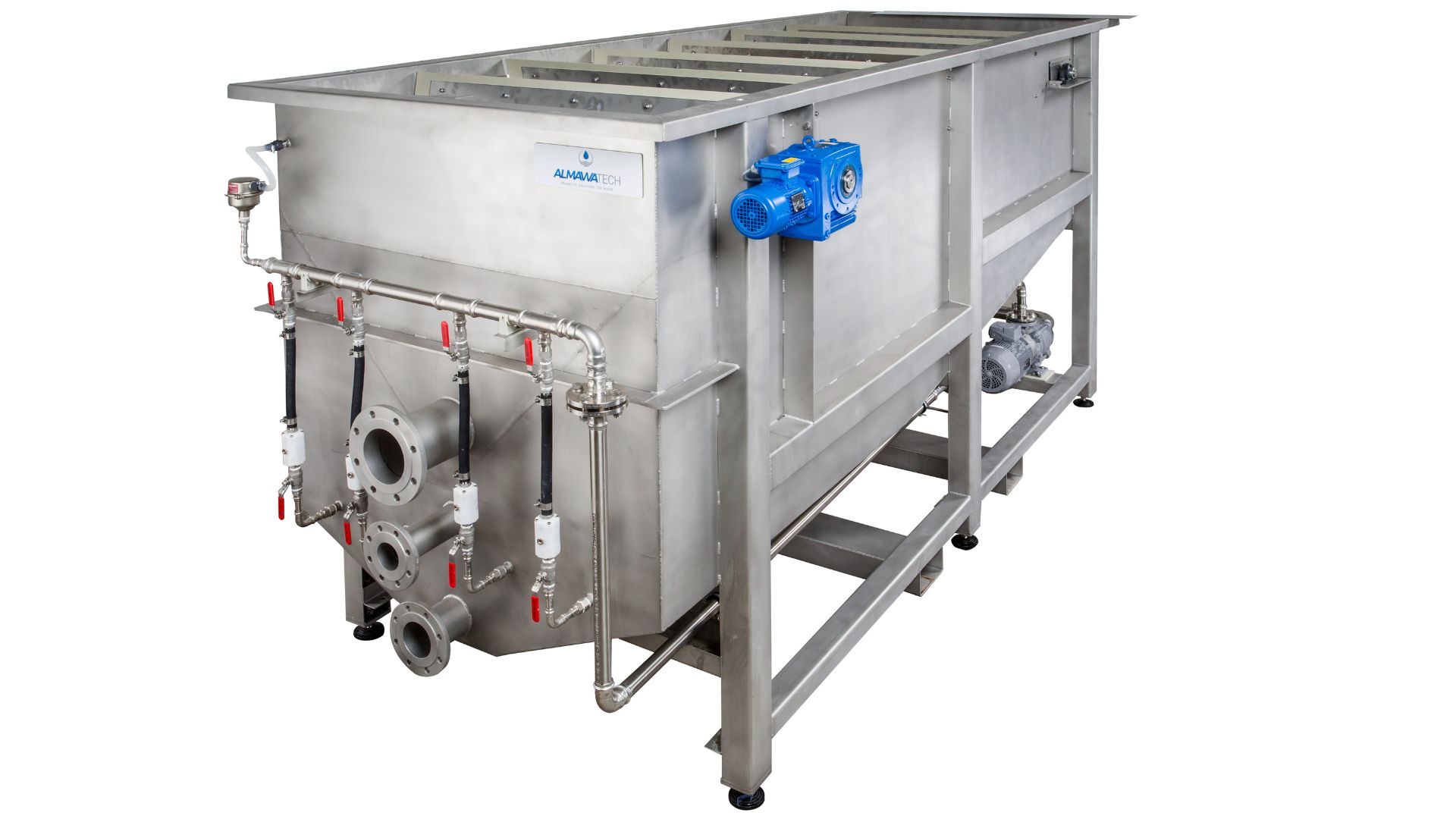
Photo: Our flotation system with patented air saturation system
2. chemical processes
Precipitation and flocculation: By adding chemicals such as aluminum sulfate or ferric chloride, dissolved substances are converted into solid particles. Flocculants enhance this process by combining small particles into larger aggregates that can be separated more easily.
Oxidation: These processes use ozone, hydrogen peroxide or chlorine to break down organic substances and micropollutants. Oxidation is particularly suitable for treating persistent pollutants and for disinfection.

Photo: Our CP system with neutralization and activated carbon filtration for the pre-treatment of wastewater containing heavy metals prior to reverse osmosis
3. biological processes
Membrane bioreactors (MBR): Membrane bioreactors combine biological wastewater treatment with membrane filtration. The microorganisms in the reactor break down organic compounds, while the membranes retain solids and microorganisms. This enables extremely high purification performance and compact plant designs. MBRs are particularly suitable for applications with limited space and high water quality requirements, such as in the food industry or in water recycling projects.
Biofiltration:Biofiltration is a process in which organic substances and pollutants are broken down by bioactive filter media. In industrial water treatment, activated carbon is often used as a carrier material for bioactive microorganisms. The ALMA BioFIL systems are an example of this technology. They not only enable the reduction of COD, TOC and nitrogen, but also the removal of phosphorus. Biofiltration is characterized by its flexibility and efficiency and is particularly suitable for residual loads after primary treatment stages.
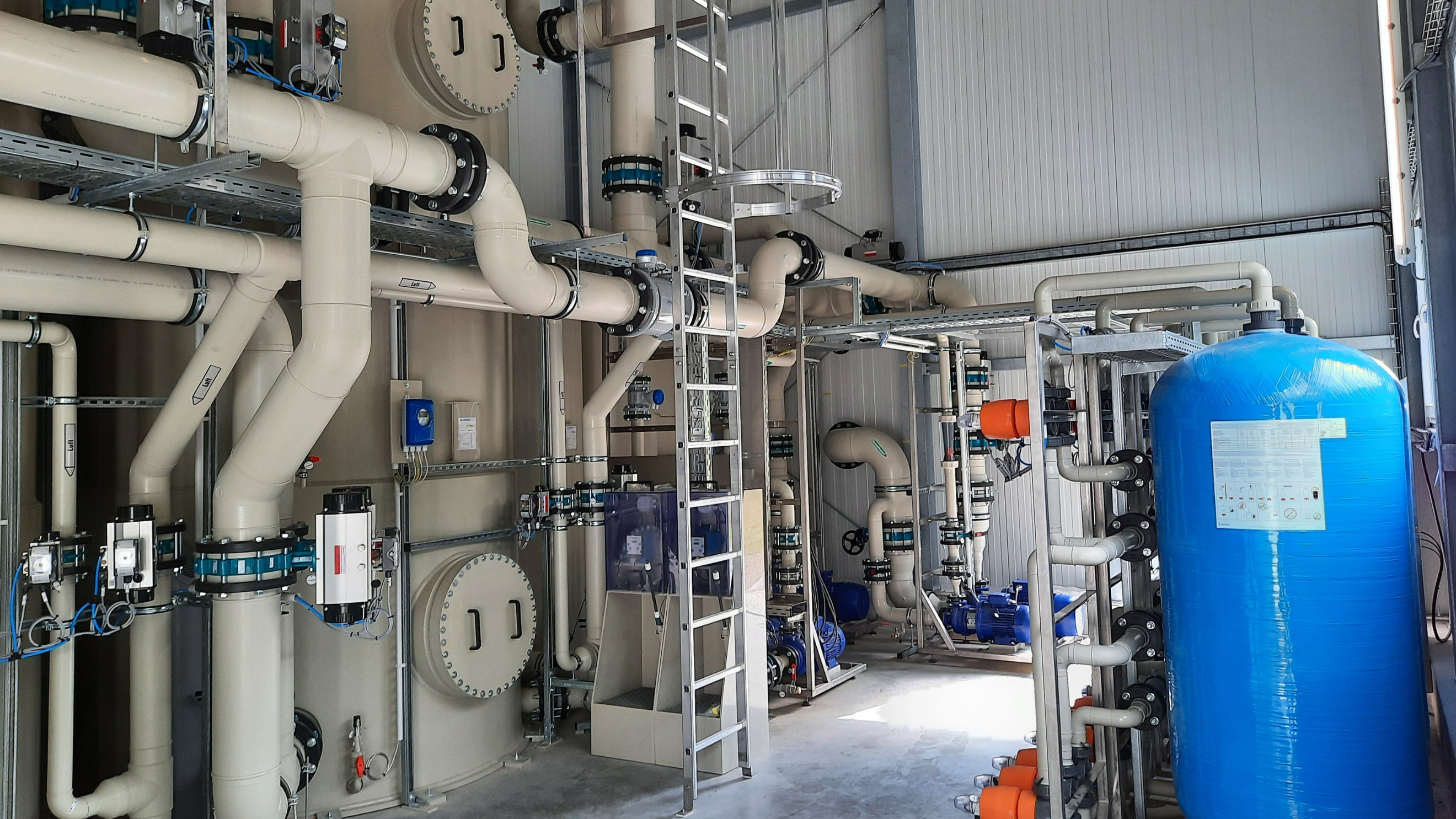
Photo: Our biofiltration for the pre-treatment of organically contaminated wastewater upstream of a reverse osmosis system
4. membrane-based processes
Ultrafiltration (UF): This technology removes particles, colloids and microorganisms from the water. UF is often used as a pre-treatment for more advanced processes such as reverse osmosis.
Nanofiltration (NF):Nanofiltration specifically removes divalent ions such as calcium and magnesium as well as organic molecules. It is suitable for applications where moderate desalination is required.
Reverse osmosis (RO): In RO, water is forced through a semi-permeable membrane under high pressure. This removes almost all dissolved salts, organic compounds and micropollutants. RO is the standard process for the production of high-purity water.
5. hybrid process
Several technologies are often combined to achieve optimum water quality. One example is the combination of biological pre-treatment with membrane processes.

Photo: Our reverse osmosis system for in-house water recycling
Applications of Water ReUse
1. industry
Cooling circuits: Treated waste water is used in industrial cooling circuits in order to conserve fresh water resources. Reuse reduces the need for chemical additives such as corrosion inhibitors or biocides, as the water quality can be specifically controlled. Circulating the cooling water also minimizes the amount of desalination, which reduces both costs and environmental impact.
Production water: Many industrial processes require water with specific quality requirements, such as in the food, chemical or metalworking industries. Treated water can be used directly in production, for example for cleaning or as a reaction medium. This significantly reduces the consumption of fresh water.
2. agriculture
Irrigation: In agriculture, treated water is used to irrigate crops. This offers a sustainable alternative to groundwater extraction, particularly in regions where water is scarce. Quality control is essential here in order to exclude pollutants or pathogens that could endanger the health of humans and plants.
Nutrient recovery: Through the targeted use of treated water, nutrients contained in agriculture, such as nitrogen and phosphorus, can be used effectively as fertilizer. This reduces the need for synthetic fertilizers and at the same time conserves environmental resources.
3. municipal applications
Toilet flushing: Greywater or rainwater is increasingly being used to flush toilets in urban buildings. This use significantly reduces the amount of fresh water required and helps to conserve resources. Such systems are particularly common in modern buildings with a sustainable design.
Street cleaning: Municipalities use treated water for cleaning work such as street washing and watering public areas. In addition to street cleaning, treated water is often used to irrigate public green spaces and parks. This reduces fresh water consumption and supports sustainable urban development strategies, especially in dry or water-scarce regions.
4. drinking water production
Indirect reuse: Treated wastewater is infiltrated into groundwater supplies, replenishing water resources. This process is mainly used in regions with high water scarcity and offers an environmentally friendly way of supplementing drinking water resources. The infiltrated water is treated again in a subsequent step and fed into the drinking water network.
Direct reuse: Here, purified wastewater is used directly as drinking water after intensive treatment, including reverse osmosis and UV disinfection. This process requires strict quality monitoring and advanced technologies, as the requirements for the end product are extremely high. Direct reuse is particularly relevant in urban areas with limited water resources.
5. industrial park circuits
Water reuse in industrial parks: Closed water cycle systems are implemented in modern industrial parks in order to use water resources efficiently. Waste water from one process is treated and reused for another process, for example as boiler feed water or cooling water. These systems promote sustainable water use and reduce operating costs.
Advantages of Water ReUse
Conservation of resources: Reduces the consumption of fresh water, especially in water-scarce regions.
Cost savings: Reduces expenditure on water extraction and wastewater disposal.
Environmental relief: Reduces the entry of pollutants into bodies of water and the load on sewage treatment plants.
Increased security of supply: Creates independence from external water sources.
Challenges in the implementation of Water ReUse
1. technical challenges
Fouling and scaling: Deposits on membranes can reduce efficiency.
Varying wastewater quality: Fluctuations in composition require flexible treatment systems.
2. economic challenges
Investment costs: Setting up Water ReUse systems is cost-intensive.
Operating costs: Energy and chemical consumption can influence profitability.
3. regulatory requirements
Compliance with environmental and hygiene standards can be demanding.
Different regulations depending on the country and application make implementation more difficult.
Future prospects for Water ReUse
Innovative technologies:
Advanced oxidation processes (AOP): Improved removal of micropollutants.
Membrane technologies: Development of robust and efficient membranes.
Digitization:
Use of IoT and artificial intelligence for process optimization.
Real-time monitoring of water quality to ensure efficiency.
Statutory promotion:
Governments promote Water ReUse through subsidies and regulatory incentives.
Conclusion
Water ReUse is a key concept for sustainable water management. It offers solutions to the challenges of water scarcity and contributes to resource conservation and environmental relief. Through continuous innovation and investment, Water ReUse can be used in more and more areas and thus make a decisive contribution to sustainable development.
For further information on our products, please feel free to contact us at any time!


